After five years of economic recovery, the commercial real estate market appears to have finally found its footing. Much of the improvement in the commercial property market has been on the balance sheet, where lower interest rates have increased the value of rental income streams and pulled property prices steadily higher. Record low levels of commercial construction and the continuous deluge of investment from overseas have aided the rebound in prices, particularly in marquee gateway markets like New York City, Boston, Washington D.C., San Francisco, Los Angeles, Seattle and Miami. With the exception of apartments, and more recently industrial space, operating fundamentals have improved more slowly than values have, with demand only gradually improving again. Moreover, what improvement has taken place has mostly been confined to gateway markets and/or major technology and energy centers.
Stronger economic growth promises to usher in several positive changes. Real GDP grew at a 4.2 percent pace in the second quarter and has accelerated to a 2.5 percent pace over the past year, compared to a 2.1 percent pace average during the first four years of the recovery. Nonfarm employment growth has averaged 230,000 net new jobs a month through the first seven months of this year. Not only has growth strengthened over the past year but the gains have broadened considerably. Job growth has improved across a broad front, both across industries and geographies. Industrial production has also risen solidly, climbing 5 percent over the past year, reflecting increased capital spending and an influx of foreign direct investment. Office employment has risen 2.3 percent over the past year, which is well ahead of the gain in overall payrolls. The improvement has boosted demand for industrial space and apartments and cut vacancy rates dramatically and boosted rents over the past couple of years. Demand for office and retail space has been slower to recover but is finally beginning to show signs of reviving.
The Federal Reserve is set to complete its asset purchase program, often referred to as “quantitative easing.” The Fed began to scale back, or taper, its monthly securities purchases late last year and is widely expected to finish expanding its balance sheet by the end of October. With securities purchases winding down, interest rates are expected to increase, which should slow the pace of price appreciation seen in recent years. Property prices will more closely reflect operating fundamentals, which fortunately are improving across most product types and geographies.
Among income property types, the apartment market by far remains the most active. Apartment demand has been stoked by changing demographics, which have seen a surge in the population of younger persons, many of which have entered the labor market at a tough time and many of which are carrying a great deal of debt. There also appears to have been a shift away from homeownership in the wake of the housing bust, with the homeownership rate tumbling 2.7 percentage points over the past five years to a more than two-decade low 64.7 percent. While demand is expected to remain firm, the supply of new apartments coming on the market is poised to increase even faster over the next couple of years, which should nudge vacancy rates a little higher and curb the rate at which rents have been increasing. Demand may also slow a bit, as the tailwinds from the increased supply of younger households and seeming aversion to homeownership begin to fade a bit.
Next to apartments, the industrial market has posted the strongest recovery. Overall industrial vacancy rates have fallen 3.2 percentage points over the past four years. Unlike the previous cycle, which saw most of the growth in demand for industrial space occur near major seaports around the country, the bulk of the improvement today is coming from areas near major tech centers, large industrial bases or inland distribution hubs, including the San Francisco Bay area, Northern New Jersey, Atlanta and Charlotte. Port cities are still doing well. Los Angeles and the Inland Empire continue to see strong demand for warehouse and distribution space. The strengthening in demand, drop in vacancy rates and increase in rents has proceeded to the point that new construction is now warranted in many markets and the pipeline of proposed projects and projects under construction is filling up once again.
Construction is also increasing in the office market, even though vacancy rates have not fallen anywhere near as much as they have in other markets. Demand has steadily improved, with growth in technology occupations paving the way. Businesses continue to be much more efficient with their space needs, however, which is one of the reasons vacancy rates have taken so long to come down in a meaningful way. The slow recovery in the financial services sector has also been a drag on office demand, with several firms consolidating operations and space needs. Growth in asset management and insurance is improving, however, fueling a handful of new office projects in New York City, Boston, Charlotte, Dallas and Denver.
